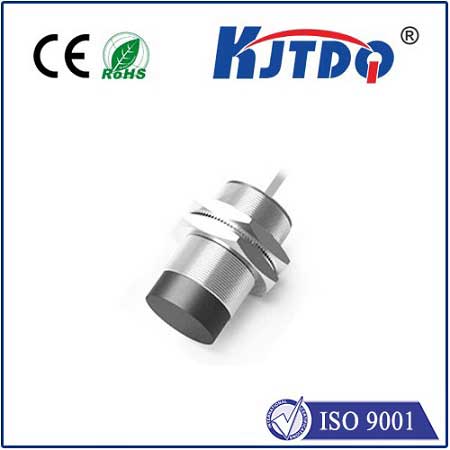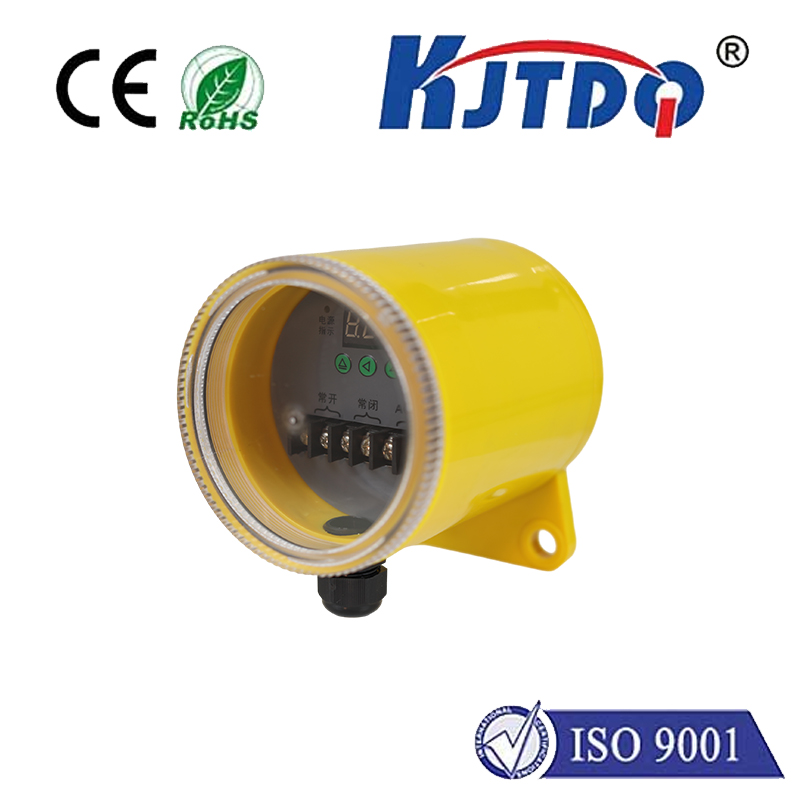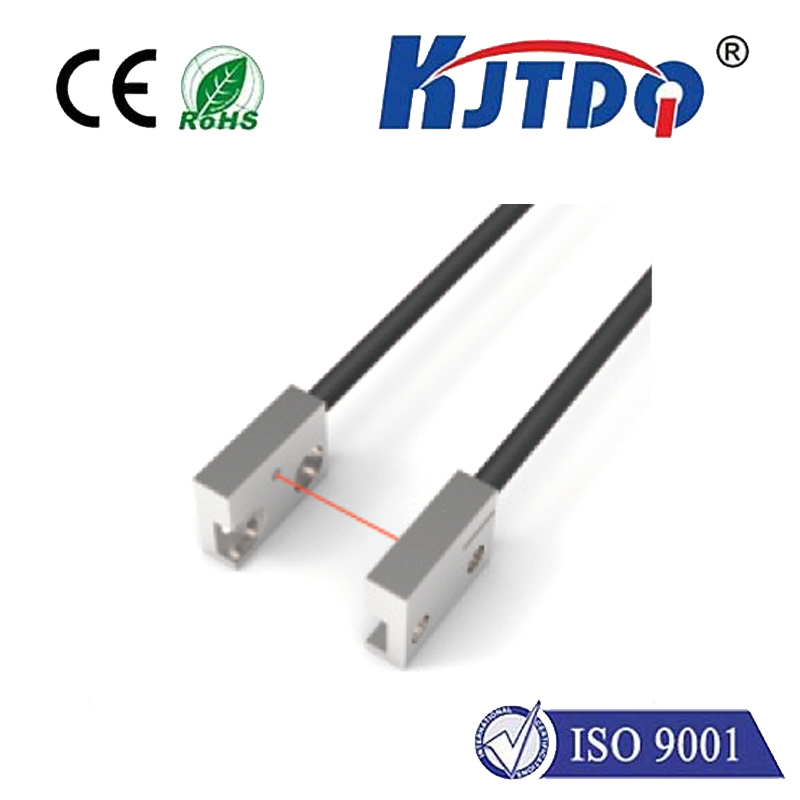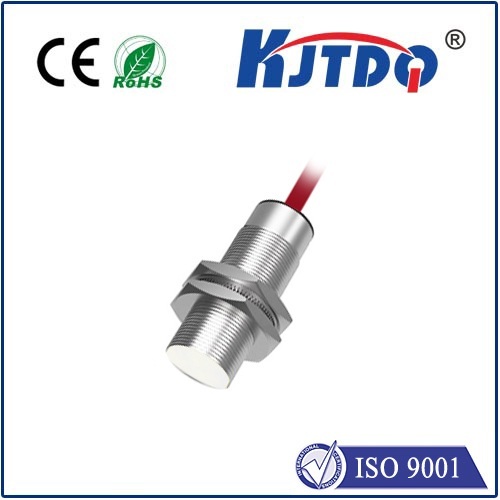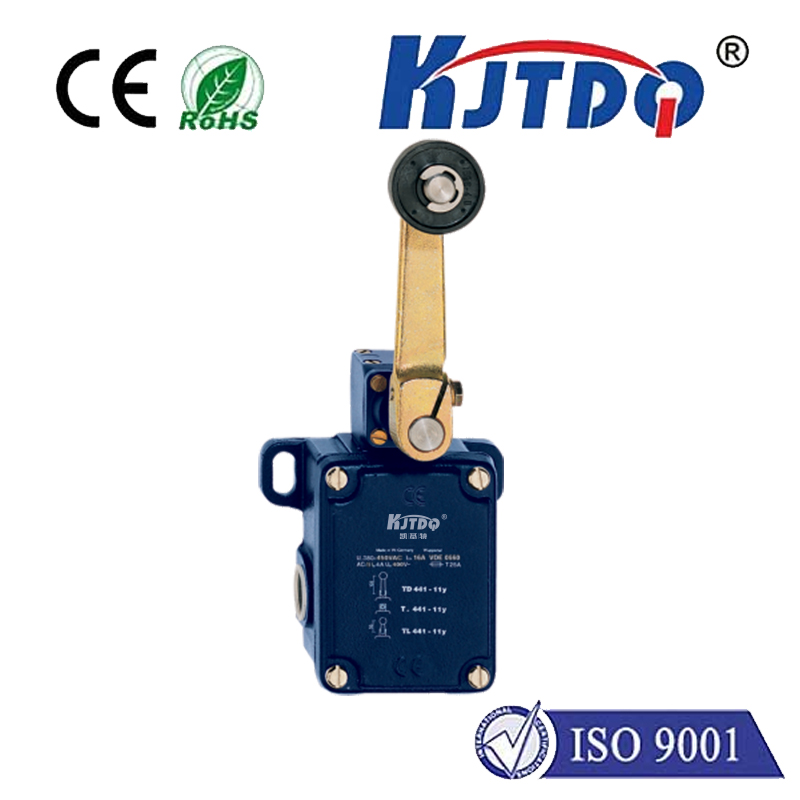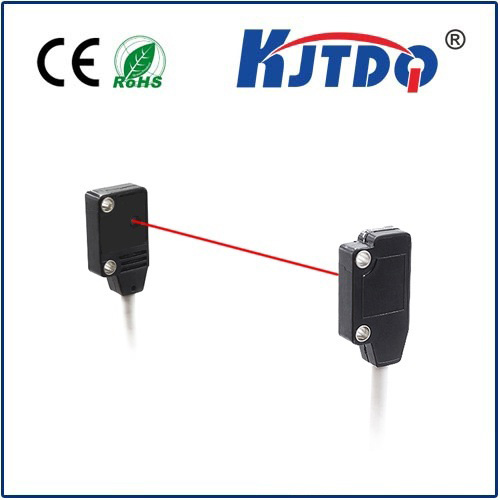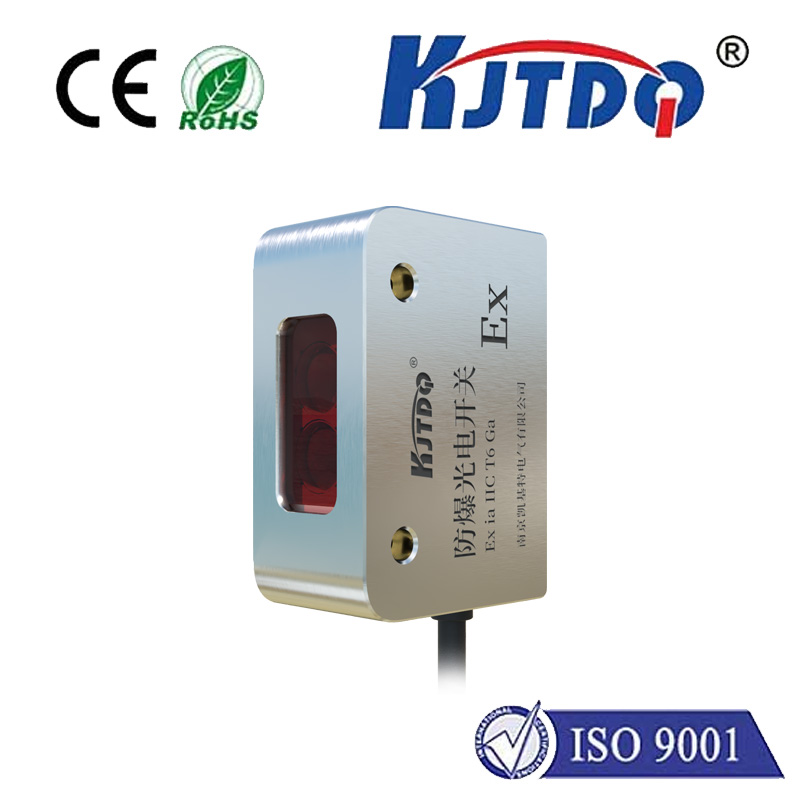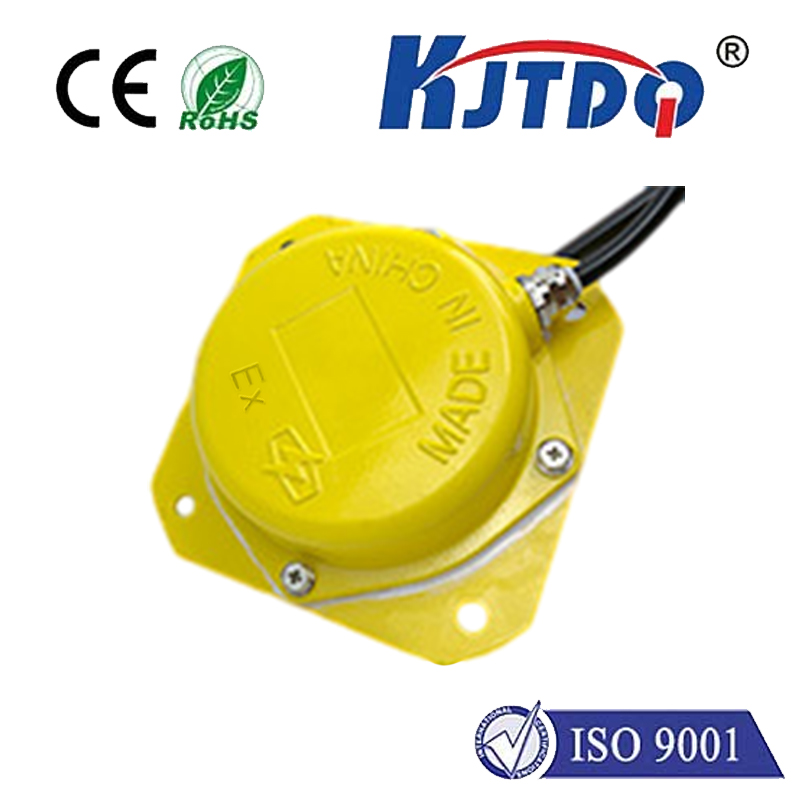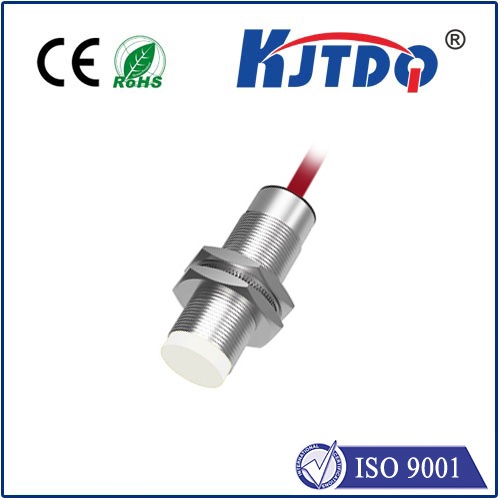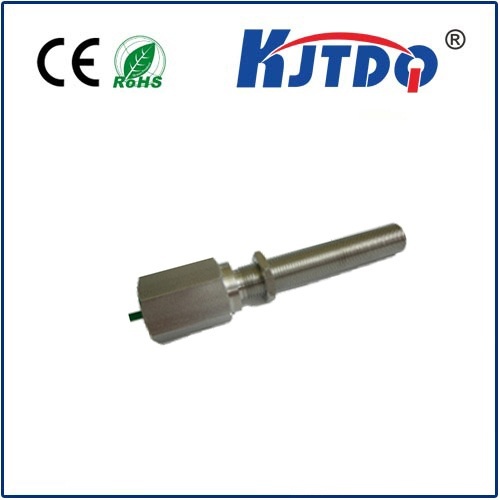
check

check

check

check

Title: Understanding the Mechanism and Applications of Diffuse Reflective Photoelectric Sensors Introduction In the realm of modern sensing technologies, diffuse reflective photoelectric sensors stand out as versatile tools that bridge the gap between the physical world and digital data acquisition. These devices play a crucial role in various industrial and commercial applications due to their unique mode of detection. By comprehending their inner workings and exploring their practical uses, we can appreciate the significance of diffuse reflective photoelectric sensors in today’s technological landscape. What Are Diffuse Reflective Photoelectric Sensors? A diffuse reflective photoelectric sensor consists of an emitter and a detector, which are aimed at the same target. The emitter sends out a beam of light, typically infrared or visible wavelength, towards an object. Instead of focusing directly onto a small spot, the light disperses upon hitting the object, and some of it bounces back to the detector, which is designed to collect this reflected light. This type of sensor does not require reflectors, making it extremely flexible in terms of installation and alignment. How Do They Work? When the emitted light strikes a surface, it scatters in multiple directions, a phenomenon known as diffusion. Some of this scattered light returns toward the sensor, where the detector captures it. The intensity of the received light varies depending on the distance from the sensor to the object and the reflectivity of the object’s surface. Electronic circuitry within the sensor processes this information to determine parameters such as proximity or presence. Advantages of Using Diffuse Reflective Photoelectric Sensors One primary advantage of these sensors is their ease of installation; they do not necessitate precise aiming or complicated setups involving mirrors or additional lenses. This simplicity also means they are less susceptible to mechanical misalignment over time. Furthermore, diffuse reflective sensors can handle a wide range of colors and surface finishes, adding to their versatility. Applications Across Industries Diffuse reflective photoelectric sensors find extensive use across various sectors. In automation and manufacturing, they are employed for positioning, counting, and presence detection tasks. Retail environments use them for security purposes, like triggering alarms when unauthorized items pass through exits. Office equipment such as copiers and scanners utilize these sensors for paper feed mechanisms. Additionally, they play vital roles in process control systems, monitoring levels in tanks or bins. Conclusion The diffuse reflective photoelectric sensor is a testament to the ingenuity behind photoelectric technology. With its ability to perform efficiently without complex configurations or sensitive adjustments, it has become an integral component in diverse fields ranging from industrial automation to consumer electronics. As technology continues to evolve, so too will the applications for these remarkable sensors, ensuring their place at the forefront of sensing innovation.
